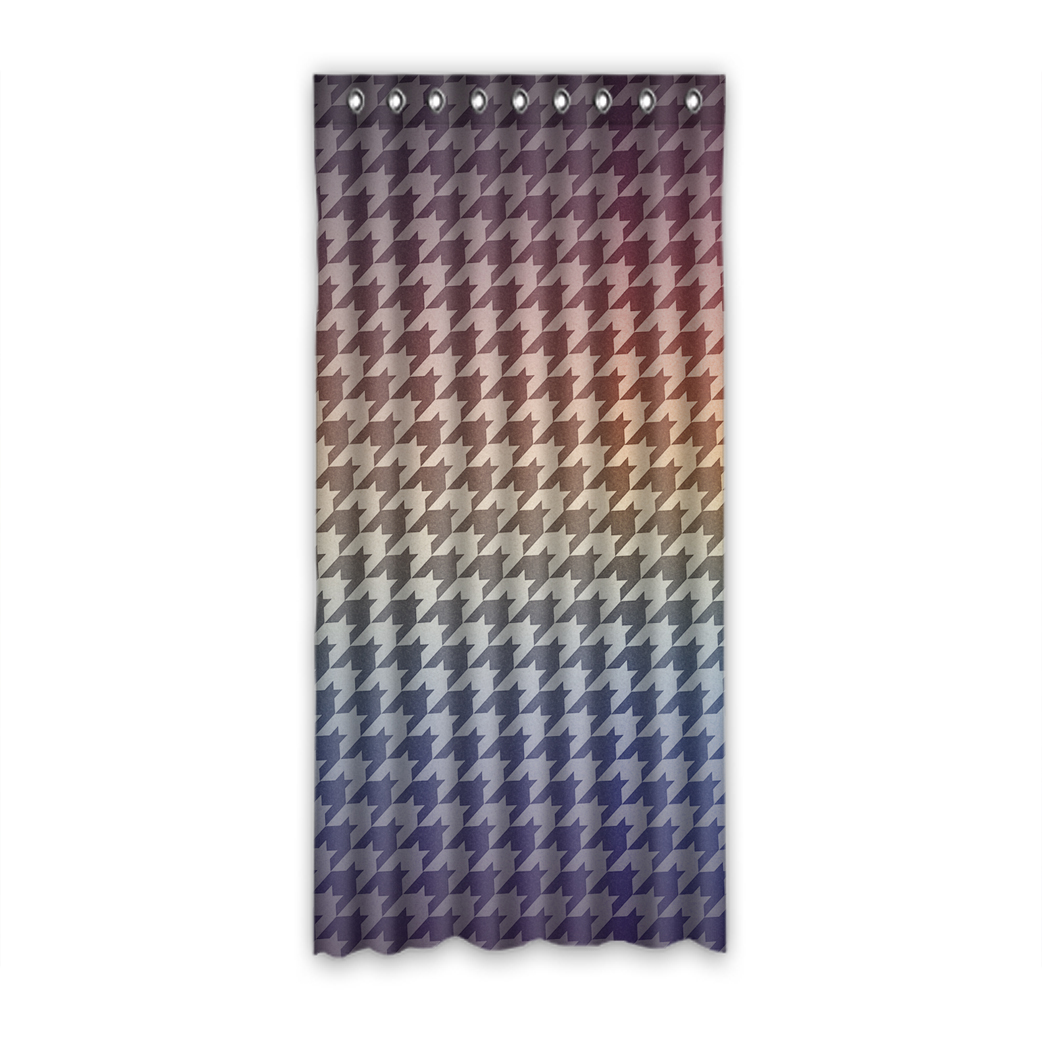A style is the common name given to an individual set of structural formatting characteristics. Such as the style used by HTML and XML; a style is a group of formatting commands which are grouped together and then given a common name. All other known formatting languages employ styles in the same fashion. When two or more formatting names are given, they are usually written to have the highest precedence (first-class style).

Rhetorical styles, on the other hand, are not descriptive but functional. Rhetorical style may involve the use of rhetorical question marks to introduce a controlled argument, or it may involve the arrangement of words to make a conclusion or preface. Other features of rhetorical style are the use of rhetorical questions to establish a thesis, the assumption of truth by the writer, and the emphasis on emotions as a primary matter of discussion. In essay composing, it is possible to employ the style in order to achieve different effects.
An argumentative essay relies on rhetorical arguments. These arguments may be presented in the form of an argumentative essay form (a treatise with all its arguments presented from a viewpoint), or they may find use in the support of a scientific, philosophical or other literary document. The tone of such a document will depend on its purpose and the audience. If a literary work is to be seriously considered for publication, it will need to be written in a highly-acclaimed, sophisticated and influential style of its own.
The third type of style is that used in discourse communities. With this style, the document forms the point of discussion is a closed one, devoid of any possibility of interpretation. It may be argued that the point of discussion in such a community is something entirely different from the style of argumentation used in the field. This is particularly true when it comes to works such as philosophy or science, which are generally more subject to interpretation. While a style sheet would not normally be required for works in such disciplines, some communities do require a style sheet be used in order to determine whether or not a piece can be submitted.
The fourth style is called colloquial style. This is a style which relies on analogy, especially that of popular speech. For example, one might cite the example of Shakespeare’s Tamburlaine, where the king is likened to a monkey, and a monk as a toad. Such parodies may be used as an attack on a particular political view, and thus constitute a form of political rhetoric.
Editing services will often offer their clients a choice between these four basic styles. When choosing between them, the user should bear in mind that each of these has strong points of its own. In terms of arguments and style, the difference between the various styles is primarily one of emphasis. Each has its place in terms of the types of work that they are best suited for. It is therefore advisable for a writer to choose only one of the four editing styles, and then use that style throughout the piece. This will enable the end product to be as close to perfect as possible.
















